Allegations of political cover-up in Higgins saga finally debunked
Brittany Higgins was ensnared in a project to punish her former employers in the Morrison government, with the whole saga showing extraordinary insights into the politics of 2021.
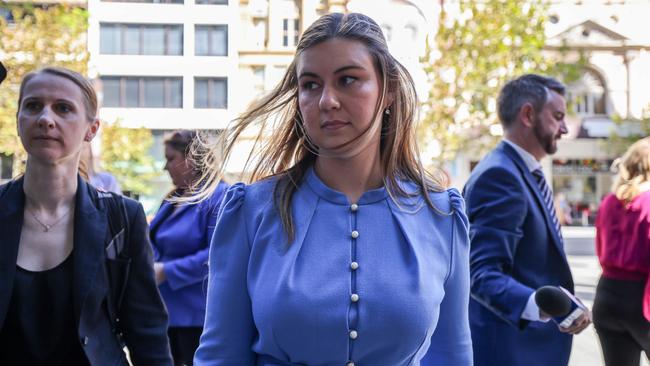
Lee’s judgment is a morality tale and social allegory for our times. If you want an insight into how politics afflicts human integrity and erodes the better angels of our nature, this judgment is your guide book. The central figure is the young Liberal staffer, Brittany Higgins, so anxious to succeed, who became ensnared – partly by others and partly by choice – in a tragic but fabricated project to punish her former employers in the Morrison government. Her principal targets were Scott Morrison, defence minister Linda Reynolds and senior staffer Fiona Brown, who dealt with Higgins in the aftermath of her late-night rape by Bruce Lehrmann in Reynolds’ Parliament House office. The main media agency for the transmission of the story – the rape and the cover-up – was Network Ten program The Project with journalist Lisa Wilkinson, whom Lee said “was onboard with telling the explosive story before even meeting Ms Higgins”.
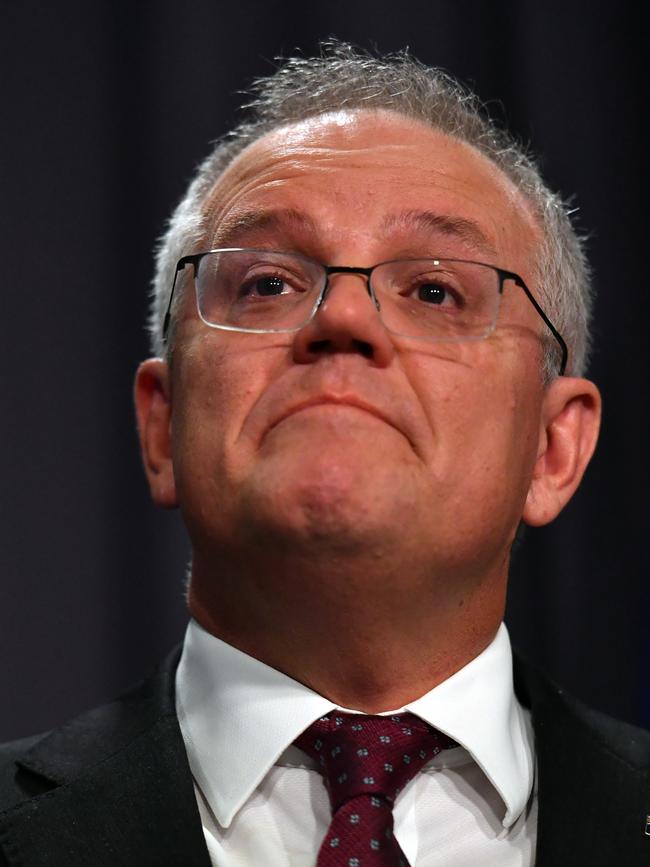
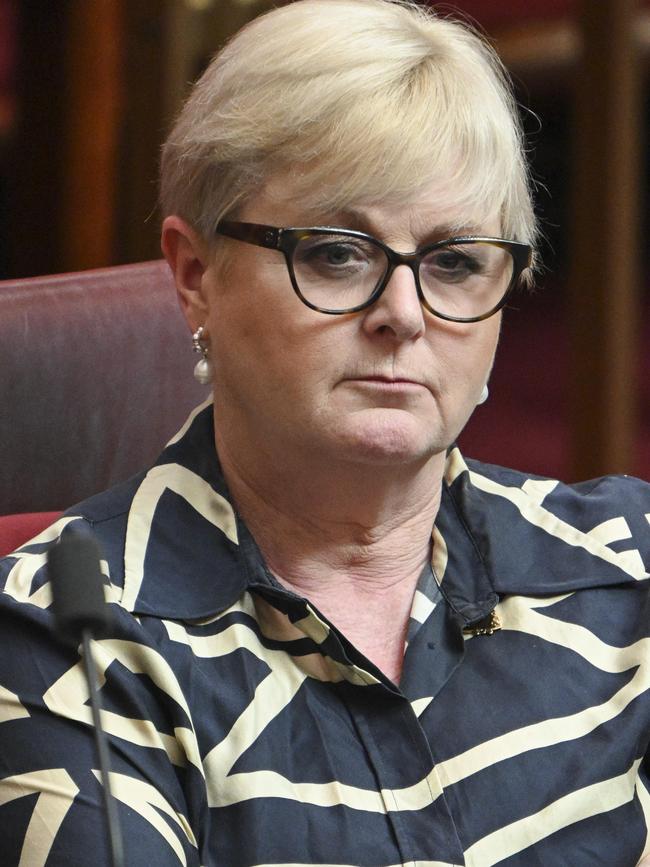
As Lee said, this is a story about belief – and the two beliefs were tied together: that Higgins was raped and that she was victim of a political cover-up by various figures in the Morrison government. Lee’s judgment is based in fact, not beliefs. He has delivered a masterclass in disentangling the rape from the cover-up. One happened, the other didn’t.
Lee found Lehrmann to be a liar who, on the “preponderance of possibilities”, using the civil as distinct from criminal proof, raped Higgins and engaged in a “great wrong”. He therefore found that Higgins “has been proven to be a victim of sexual assault”. This judgment was a victory for the Ten Network against Lehrmann. It is a vindication for Higgins against Lehrmann given the court process in the ACT did not proceed.
But Lee dismantled the journalistic integrity of The Project program. He said his judgment did not mean Network Ten’s conduct “was justified in any broader or colloquial sense”. Lee concluded that The Project conducted “no proper examination and testing of her (Higgins’) account”. On the central issue – that roadblocks were created to obstruct an investigation requiring Higgins to choose “between her career and pursuing justice” – he found there was “no real factual basis” for the allegation.
Observers trying to argue the cover-up was only a minor part of the judgment are wrong. Lee argued throughout that the rape and the cover-up were intertwined. He said of Wilkinson’s program that The Project broadcast and contemporary documents “demonstrate the allegation of rape was the minor theme and the allegation of cover-up was the major motif”.
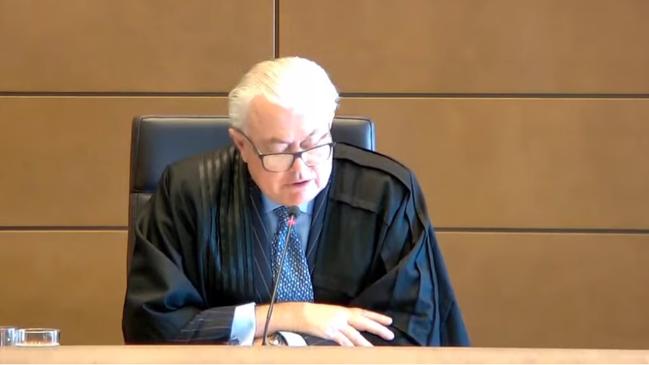
Here is the central point. From the start, the rape allegation was about politics. The content and timing of the program was designed to expose and damage the Morrison government. Lee did not use these exact words but his conclusion affirms that the 2021 Higgins revelations were weaponised against the Liberal Party. This was the context in which they were presented.
Throughout the vastly documented judgment there seem to be two Brittanys – the Higgins of 2019, traumatised by the event, unable initially to call it rape, anxious to keep her job, declining to make a police complaint and thankful for the support she got – and then the Higgins of 2021 collaborating with her partner, David Sharaz, angry with Morrison, feeling a duty to go public, putting different constructions on the event and willing to make accusations that failed the evidence test against Brown, Reynolds and the government.
As Lee says, many people wanted to believe Higgins. At the start of his judgment he says the “reasoning process” was not prominent in this saga. A number of people formed “predetermined views as to the existence or otherwise of a conspiracy to suppress a rape for political purposes”.
He doesn’t name them but he doesn’t need to – they fall into three categories: the media, which was essential in launching the conspiracy and sustaining it for so long; the Labor Party with senators Penny Wong, Katy Gallagher and Kristina Keneally, among others, launching devastating attacks on the Morrison government relying on and often quoting directly from The Project program; and the champions of the #MeToo movement for whom Higgins became a heroine.
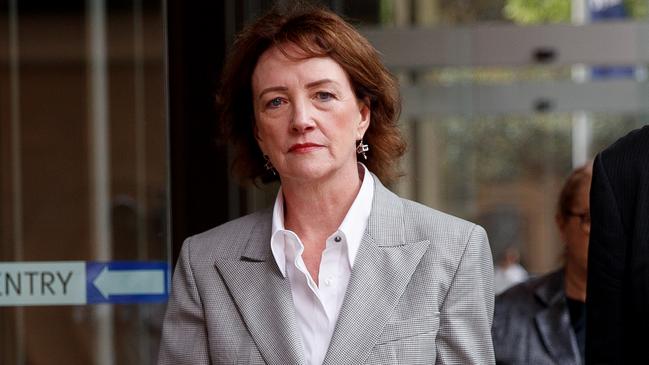
All were beneficiaries from their political advocacy of Higgins. For them, belief in Higgins was an act of faith and extreme self-interest. The government’s response was grossly inept and it never recovered. Morrison was evasive, defensive and out of his depth.
But trying to question the account of Higgins, given she had a legitimate claim of rape, was politically impossible.
On February 17, 2021, Wong accused Reynolds of a “cover-up”. She said Higgins’ allegations had been treated as a “political issue”. Gallagher asked why Morrison’s office offered support only to the alleged rapist. Keneally asked why Higgins was pressured not to go to the police.
On February 22, Wong said Higgins “was failed by those within power”. Referring to Higgins’ criticism of the government, Wong said: “We believe her.” This is the heart of the matter. Every major claim directed at the government made by Labor was false – it believed Higgins; it believed The Project; and, as Lee said, there was no “factual basis” for the cover-up in Wilkinson’s program.
The ruthlessness of Labor’s attack – much of it directed to Reynolds – broke Reynolds psychologically and health-wise. But the woman most damaged by Higgins’ unfounded claims was Brown, yet the judge was adamant: he believed Brown, not Higgins.
Brown was the witness who most impressed Lee. Indeed, he attached her contemporaneous notes as an annexure to his judgment. Lee said to the extent there was any conflict in evidence between Higgins and Brown then he accepted the evidence of Brown. To the extent there was a conflict between the evidence of Lehrmann and Brown then he “unhesitatingly” accepted the evidence of Brown.
These assessments – preferring Brown over Higgins – are a direct rebuttal of the “I believe Brittany” movement. The Lee judgment, naturally, does not deal with Labor’s campaign against Morrison based on Higgins’ cover-up claims.
But it does raise an issue for Labor that should be confronted: the Commonwealth Deed of Settlement under the Albanese government in which Higgins was paid $2.445m as “compensation” – not for rape – but for workplace claims she could potentially have made relating to victimisation, bullying, harassment and pressure not to discuss the assault when she was employed by senators Reynolds and Michaelia Cash.
Lee said an express warranty was given by Higgins that the matters referred to in the deed “are true and correct”. He makes no judgment in relation to the deed. He said, however, the issue was “whether Ms Higgins made representations contrary to the facts”.
Lee said: “It is evident several things being alleged were untrue.” He provides a specific list of nine documented items (published in full in this newspaper last Wednesday), a number involving conflicting evidence between Higgins and Brown. Such forensic conclusions by a Federal Court judge cannot be ignored.
Former NSW Supreme Court judge Anthony Whealy KC told The Australian this week the National Anti-Corruption Commission “could not ignore altogether” Lee’s findings that Higgins had made a series of “untrue” statements in her claim. Further investigation is necessary – but that should be about the Labor government that authorised the payment. Labor’s declaration that it “believed” Higgins has now extended far beyond its convenience as an election issue.
The Project program went to air at 7pm on the evening of February 15, 2021, with Wilkinson’s introduction: “Tonight, claims of rape, roadblocks to police investigations and a young woman forced to choose between her career and the pursuit of justice, and it all happened right in the heart of our democracy. Brittany Higgins said the government betrayed her. I sat down with her for this exclusive television interview.”
Wilkinson’s opening words would hound Morrison all the way to the 2022 election. That was the intention. It was an explicit accusation of corrupt behaviour. But, as Lee’s judgment makes clear, these cover-up claims collapse before fact-based reasoning.
Lee described the setting for the program: “What the transcript does not convey is the unsettling, vaguely sinister ‘musical’ soundtrack; the affirmation of Ms Higgins’ account by the physical reactions of Ms Wilkinson including the repeated nodding; the editorial decisions to show footage of Ms Higgins being emotionally upset; and the general tone of incredulity expressed at the various actions of security guards, senior advisers, and politicians leading up to Ms Wilkinson’s statement: ‘If everything you say is true, it sounds to me like the easiest place in this country to rape a woman and get away with it is Parliament House in Canberra.’ ”
Lee was surprised that Wilkinson doubled down in her submissions, which he dismissed, defending the claim of “roadblocks”. The judge pointed out this was “an extraordinarily serious allegation” heavy with the implication that government figures engaged in “conscious wrongdoing to secure a perceived advantage”. Herein lies the single most extraordinary feature of the entire saga – the claims of cover-up over months were always allegations, often encouraged by Morrison’s ineptitude and lack of empathy, but allegations nonetheless. There was always an absence of evidence.
Lee describes the alacrity with which The Project embraced Higgins and her story. In his opening January 18, 2021 email to Wilkinson, on behalf of Higgins, Sharaz said: “I’ve got a sensitive story surrounding a sexual assault at Parliament House; a woman who was pressured by the Liberal Party and female cabinet minister not to pursue it. She’s asked me to be the one to get the story told this year.”
Sharaz continued: “I’m deeply protective of making sure this is done right, given going after the Liberal Party machine is no easy feat … I can say this, it’s the first time something like that has happened under Prime Minister Scott Morrison’s watch. He can no longer use the excuse: ‘This is a bubble’ issue or ‘this was before my time’.”
As Lee said: “It was clear what the proposed story would all be about.” Higgins and Sharaz participated in preparing a timeline document given to Samantha Maiden from news.com.au and Wilkinson. They went to the media before the police. They briefed Labor senator Gallagher, to ensure Labor would be pre-armed. Maiden first broke the story on the morning of The Project program.
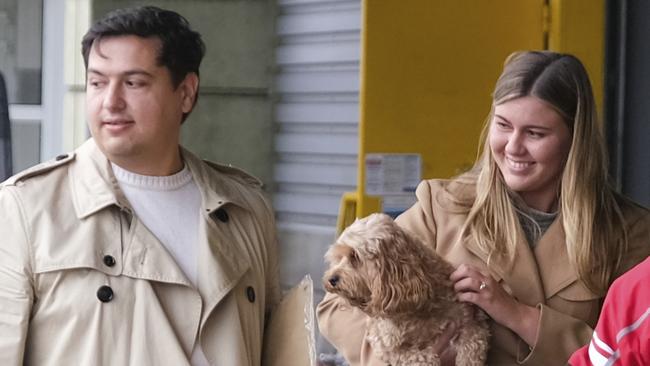
Wilkinson was a believer from the start. She said she had an “explosive political story” being “an extraordinary cover-up involving Linda Reynolds, Michaelia Cash and the PMO”. Sharaz spoke to Wilkinson on January 20 and then sent a message to Higgins saying Wilkinson said “we need to make sure we hold britts hand through all this”. It was decided that Angus Llewellyn would be the producer.
Lee said: “The truth of Ms Higgins’ account was never in doubt in the minds of Ms Wilkinson and Mr Llewellyn.” Beyond that, the program was a political operation. Lee said: “Mr Sharaz’s intentions in making and pursuing his ‘Project Pitch’ were manifest: not only from his initial assertion that this was a story all about the Liberal Party and a female minister in the context of the MeToo movement, but in the light of his expressed intention to liaise with an opposition frontbencher to deploy the allegations against the government during question time.”
Lee said Wilkinson and Llewellyn were willing to assist the “political use” of the serious charges they were “supposedly interrogating”. Sharaz had told them his timetable: Gallagher would “probe and keep it going” so “sitting week, the story comes out, they have to answer questions at question time, it’s a mess for them”. Higgins said: “It’s going to be great, we’re having fun.”
Sharaz introduced the photo of a bruise. Lee said it was advanced as evidence “that elevated Ms Higgins’ account from simply being one person’s word against another.”
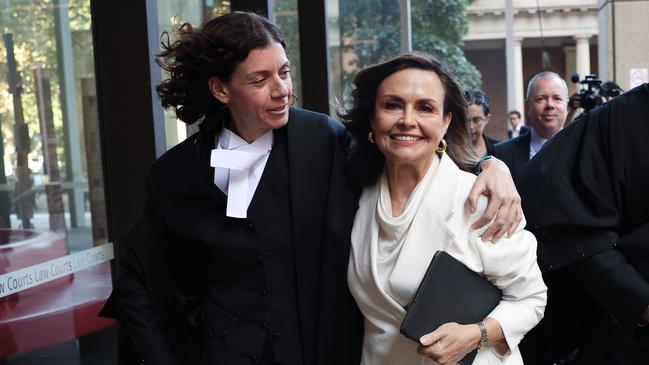
But a bruise photograph was not mentioned or provided to the AFP in 2019 despite the AFP sexual assault investigators asking Higgins for relevant information. Lee noted the problem: “There was no contemporaneous record of the existence of the bruise photograph at the time it was said to have been taken.”
Lee found the Network Ten report fell short of being “reasonable” because the rape allegations were “intertwined” with the cover-up. The Project team had strong indications “of the unreliability of their main source”. Yet the approach of Wilkinson and Llewellyn “was to encourage the cogent articulation of an obstruction narrative”.
In the preliminary meetings Wilkinson told Higgins: “I don’t want to put words into your mouth, but if you can enunciate the fact that this place is all about suppression of people’s natural sense of justice.” In short, Wilkinson was putting words into Higgins’s mouth! Lee said Wilkinson was “eager” to assist Higgins tell her story but was doing so “for reasons personal” to Wilkinson. He said: “She instinctively believed Ms Higgins must be telling the truth and Senator Reynolds must be lying.” But this was “not redolent of the conduct of a highly experienced journalist dealing with facts, not instincts”.
When summing up, Lee said “the cover-up allegation was objectively short on facts but long on speculation and internal inconsistencies”. He said trying to come to grips with the cover-up was “like trying to grab a column of smoke”.
The subsequent national mood was extraordinary.
Lee said: “In the febrile atmosphere of 2021, many instinctively believed what Ms Higgins asserted about the rape and the subsequent cover-up of the crime. In advance of any trial where the rape allegation would be examined, the broader allegations of Ms Higgins resulted in her being feted by many; becoming a celebrated speaker at a mass demonstration, being nominated for awards, receiving invitations to make a nationally televised speech at the National Press Club and a book deal with Penguin Random House (apparently worth $325,000).”
The Project program had set the nation’s narrative.
In the 2021 program Higgins said Brown made her feel “it was my problem”, the attitude being “if you can’t deal with it, then you can leave”. She said she was “absolutely” pressured not to go to the police and she believed “my job is on the line”.
Lee systematically rejects these claims. He said there was no evidence that Higgins expressly said to Brown at their first or second meetings that she had been raped or sexually assaulted. Subsequently Brown took Higgins to the AFP offices in the basement at Parliament House. After the meeting Higgins told Brown she had decided not to pursue anything. Brown asked if there was anything else Higgins would like her to do and Higgins said no.

Before what Lee calls the 2021 “narrative of a cover-up” – he notes a Higgins email of June 7, 2019, to Brown saying: “I wanted to say this in person but – I cannot overstate how much I’ve valued your support and advice through this period. You’ve been absolutely incredible and I’m so appreciative.”
Lee deals with Brown’s defiance of her minister’s wish that Brown report the situation to the police. Brown, at risk to her own position, refused the minister because she said it was up to Higgins to make that decision for herself. In so doing, Lee said, Brown “evinced concern for the autonomy and welfare of Ms Higgins” and he concluded: “In these circumstances to be later vilified as an unfeeling apparatchik willing to throw up roadblocks in covering up criminal conduct at the behest of one’s political overlords must be worse than galling.”
In relation to Reynolds, Lee finds Reynolds was supportive of Higgins, that Higgins’ welfare was “her prime concern”, that she told Higgins she had Reynolds’ unconditional support, that she suggested Higgins speak to an AFP liaison officer. Lee rejects any suggestion Reynolds sought to minimise Higgins’ experience and rejected Higgins’ claim Reynolds said this was an example of the “things that women go through”.
Lee found Lehrmann had lied, that he was a “poor witness” and had only a “tenuous” tie to the truth. But he found Higgins was “an unsatisfactory witness” notably in relation to her “cover-up” claims, that she had made “false representations” to both Maiden and The Project, and had selectively curated material on her phone before giving it to the AFP.
Lee’s judgment will become pivotal to the historical account of Morrison’s fall.
While it is wrong to think the Higgins saga caused Morrison’s defeat – he would have lost anyway – it is an insight into the extraordinary politics of 2021, the media’s role, Labor’s destruction of Morrison’s character and the cultural transformations under way.


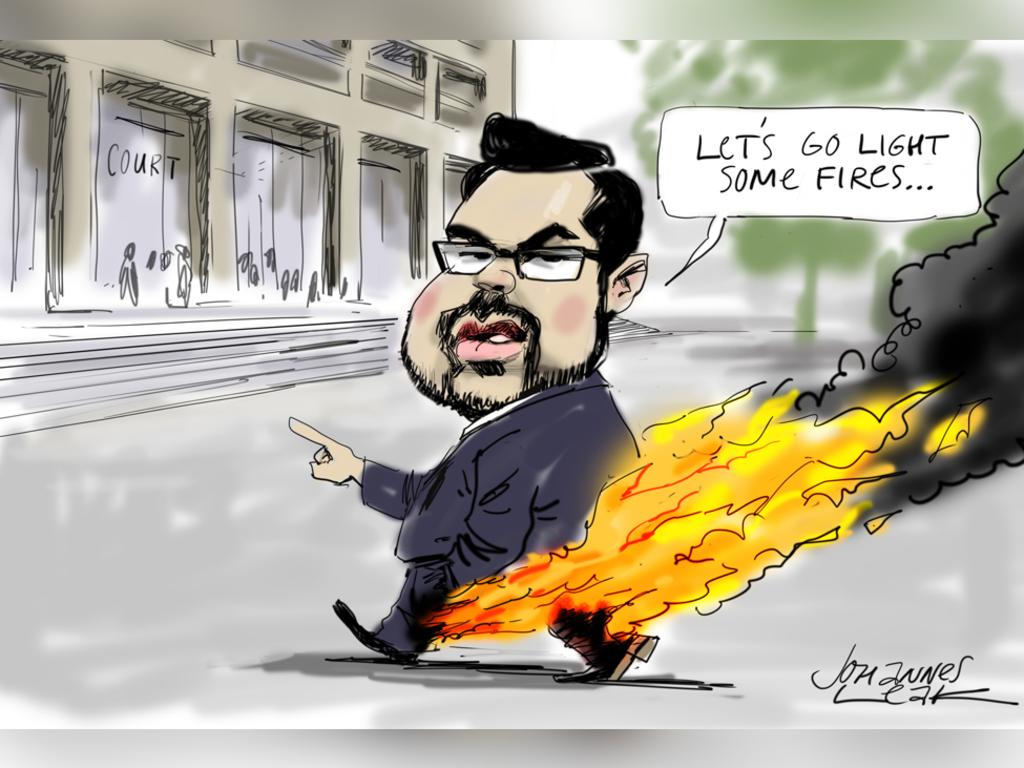

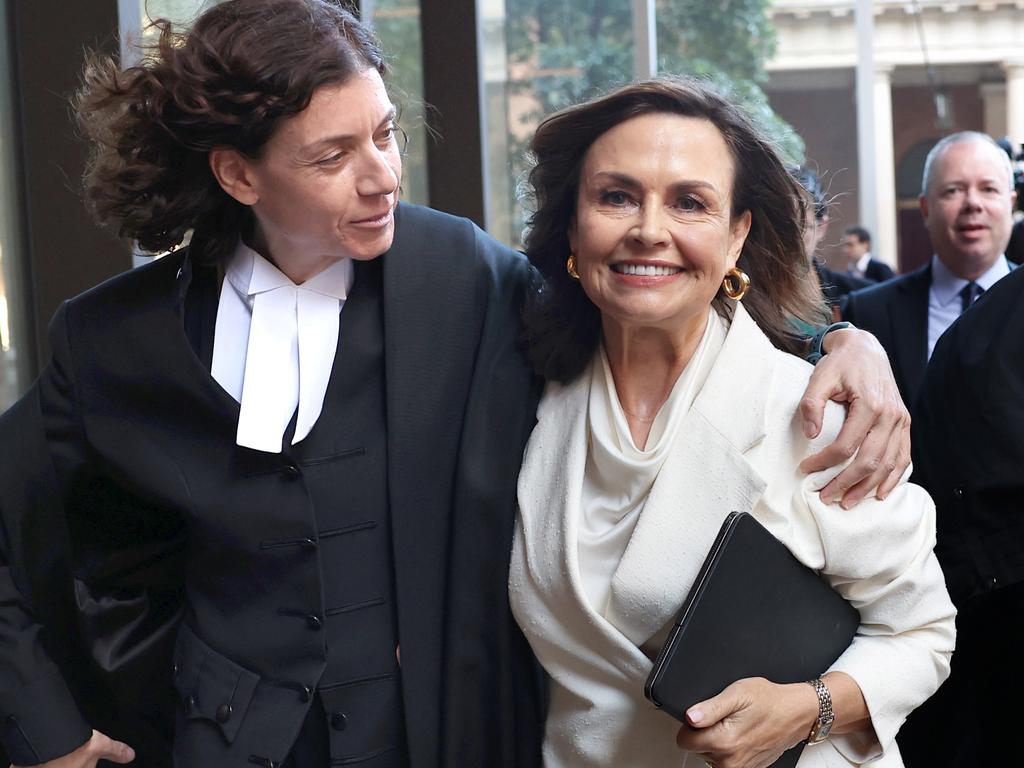
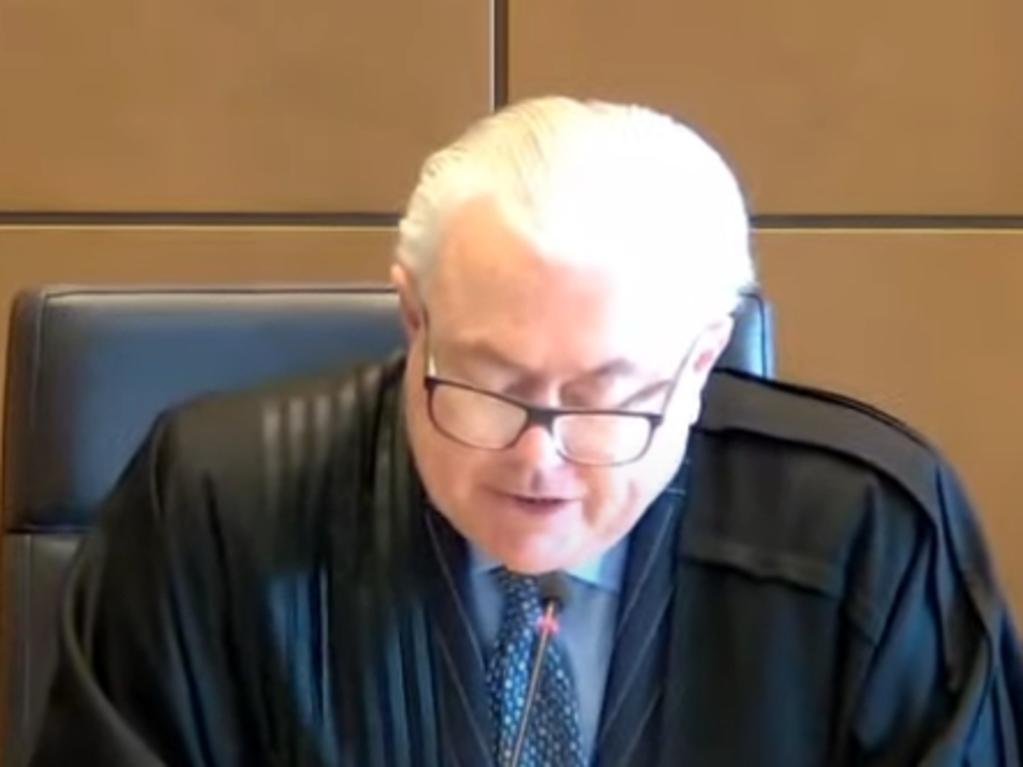


Justice Michael Lee distilled the essence of the omnishambles – “from the first moment, the cover-up component was promoted and recognised as the most important part of the narrative”. His judgment has destroyed one of the most extraordinary and consequential conspiracies hatched in the annals of Australian politics.